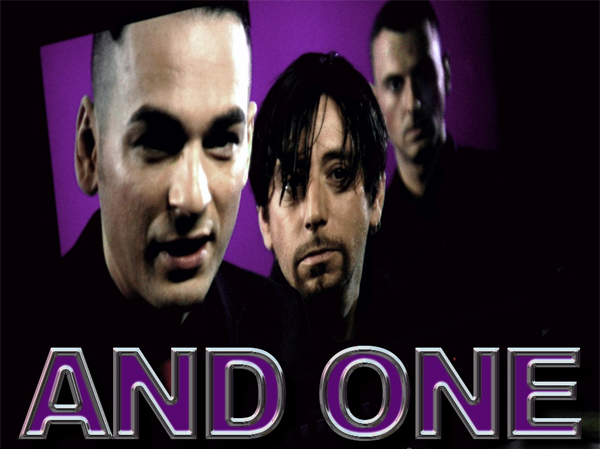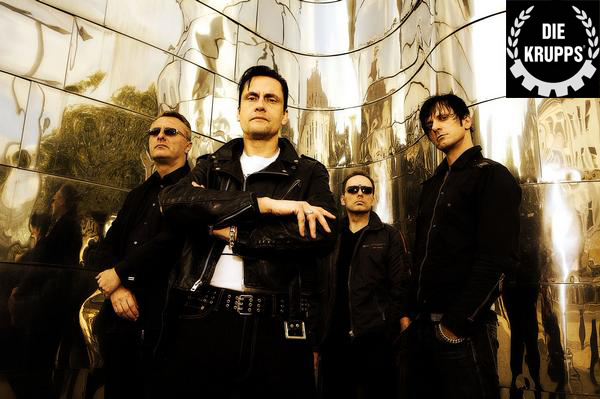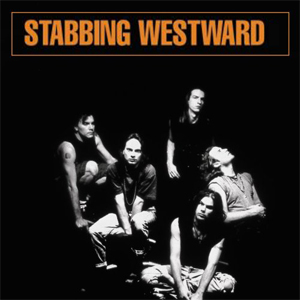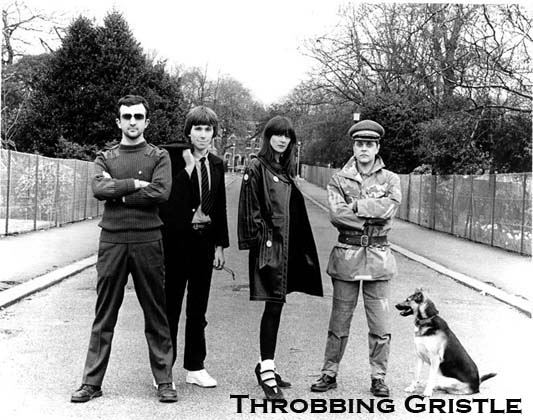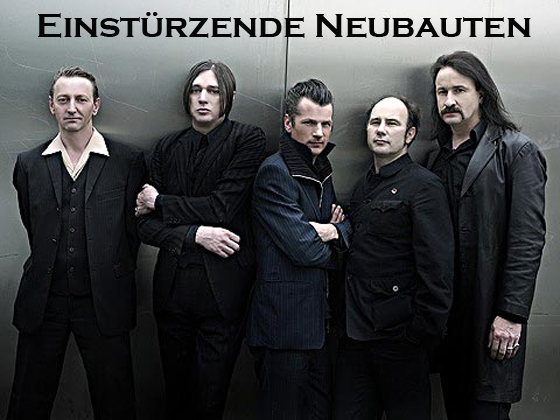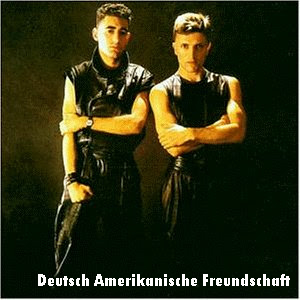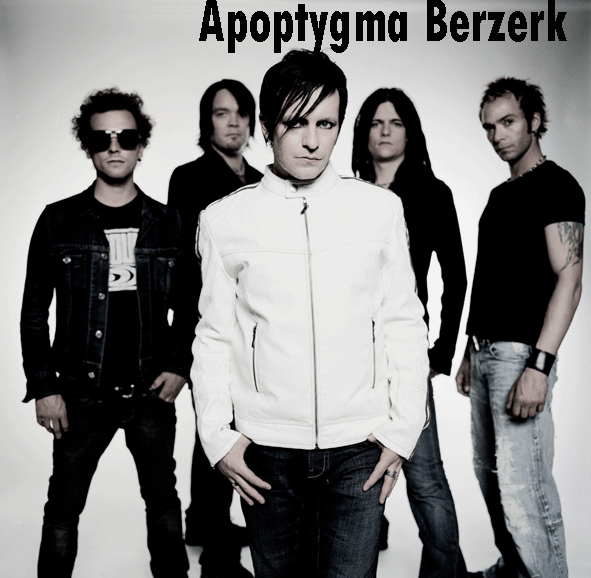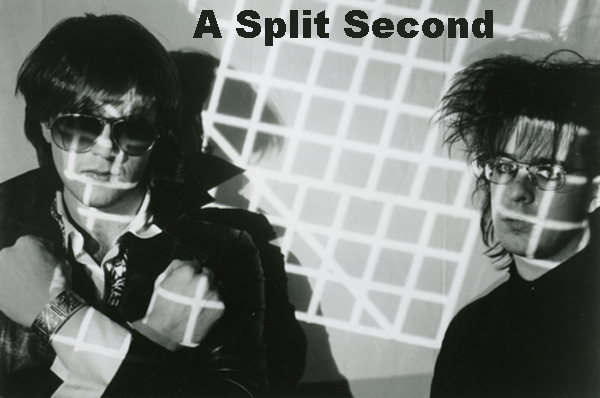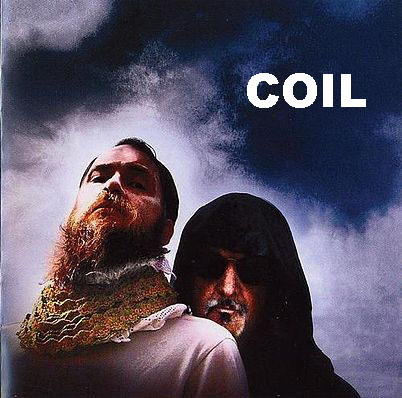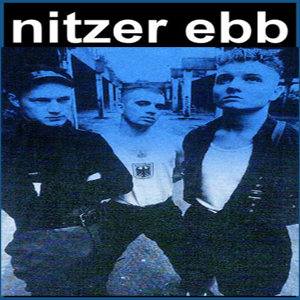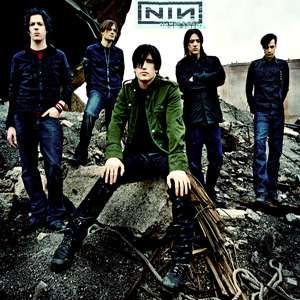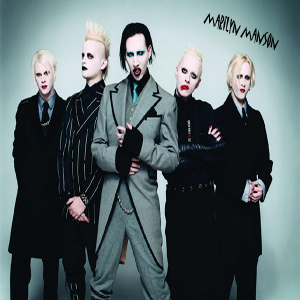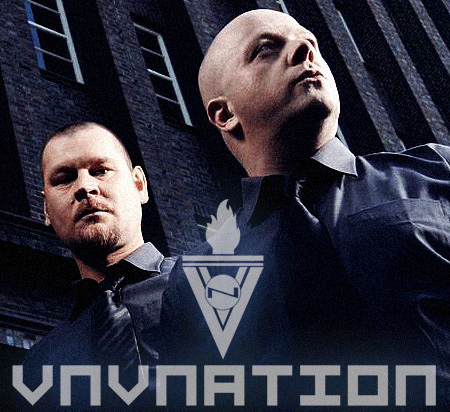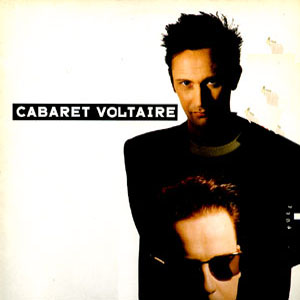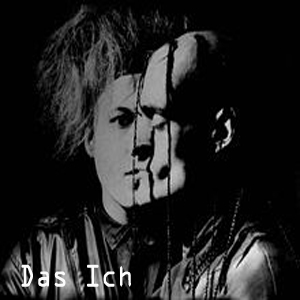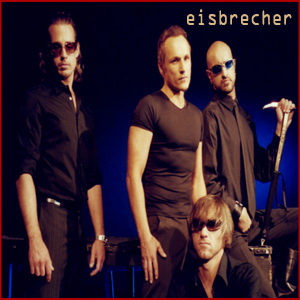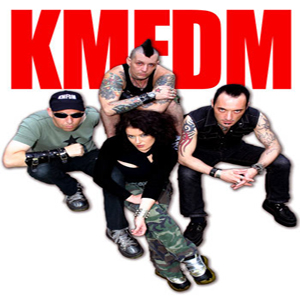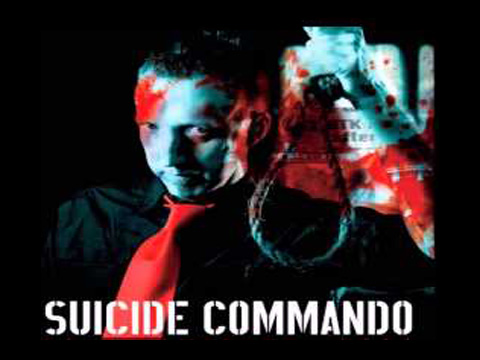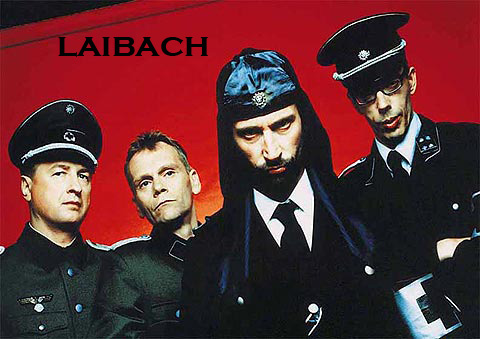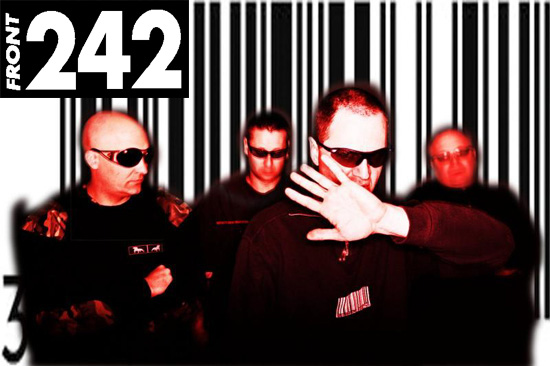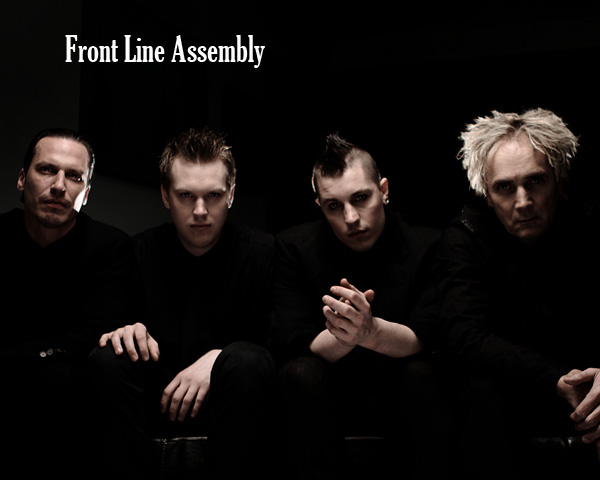EBM & Industrial Music……… |
EBM (Electronic Body Music)…..Click for Info
Electronic body music, EBM or Industrial dance is a music genre that combines elements of industrial music and electronic dance music. It first came to prominence in Belgium. Emerging in the early 1980s, the genre’s early influences range from industrial music (Throbbing Gristle, Cabaret Voltaire), European synthpunk (DAF, Liaisons Dangereuses, Portion Control), and electronic music (Kraftwerk). The style was characterized by hard and often sparse danceable electronic beats, clear undistorted vocals, shouts or growls with reverberation and echo effects, and repetitive sequencer lines. At this time important synthesizers were Korg MS-20, Emulator II, Oberheim Matrix or the Yamaha DX7.
Typical EBM rhythms are based on 4/4 beats, mainly with some minor syncopation to suggest a rock music rhythm structure. The term electronic body music was coined by Ralf Hütter of the German electronic band Kraftwerk in 1978 to explain the more physical sound of their album The Man-Machine. DAF from Germany used the term “Körpermusik” (body music) to describe their danceable electronic punk sound. The term was later used in by Belgian band Front 242 in 1984 to describe the music of their EP of that year, No Comment. Front 242 characterized their approach as falling between Throbbing Gristle and Kraftwerk. Nitzer Ebb, influenced by DAF and Cabaret Voltaire, followed soon after. Groups from this era often applied socialist realist aesthetics, with ironic intent. Other prominent groups include Die Krupps, à;GRUMH…, and A Split-Second. In the second half of the 1980s, American and Canadian music groups such as Front Line Assembly, Ministry, and Schnitt Acht started to use typical European EBM elements. They combined these elements with the roughness of American industrial rock, particularly in the case of Revolting Cocks. Nine Inch Nails continued the cross-pollination between EBM and industrial rock. A result was “Head Like A Hole” (1989).
Meanwhile, EBM became popular in the underground club scene, particularly in Europe. In this period the most important labels were the Belgian PIAS and Antler-Subway, the German Zoth Ommog, the North American Wax Trax! and the Swedish Energy Rekords. Significant artists included And One, Armageddon Dildos, Bigod 20, The Neon Judgement, and Attrition. Between the early and the mid 1990s, many EBM artists split up, or changed their musical style, borrowing more distorted industrial elements or elements of rock or metal. The album Tyranny For You by EBM pioneers Front 242 initiated the end of the EBM epoch of the 1980s. Nitzer Ebb, one of the most important artists, also became an industrial rock band. Without the strength of its figureheads, the original electronic body music faded by the mid-1990s.
Electro-industrial is an outgrowth of the EBM and industrial music that developed in the mid-1980s. While EBM has a minimal structure and clean production, electro-industrial has a deep, complex and layered sound, incorporating elements of ambient industrial. The style was pioneered by Skinny Puppy, Front Line Assembly, and wumpscut:. In the mid-’90s, the style spawned the dark electro and aggrotech offshoots. In the late 1990s and after the millennium, Swedish and German groups such as Tyske Ludder, Jäger 90 and Spetsnaz have reproduced the old EBM style. In the same time period, a number of artists from the European techno scene started including more elements of EBM in their sound. This tendency grew in parallel with the emerging electroclash scene and, as that scene started to decline, a number of artists associated with it, such as The Hacker, DJ Hell, Green Velvet, and Black Strobe, moved towards this techno/EBM crossover style. There has been increasing convergence between this scene and the old school EBM scene. Bands and artists have remixed each other. Most notably, Terence Fixmer joined with Nitzer Ebb’s Douglas McCarthy to form Fixmer/McCarthy.
Industrial Music…..Click for Info

